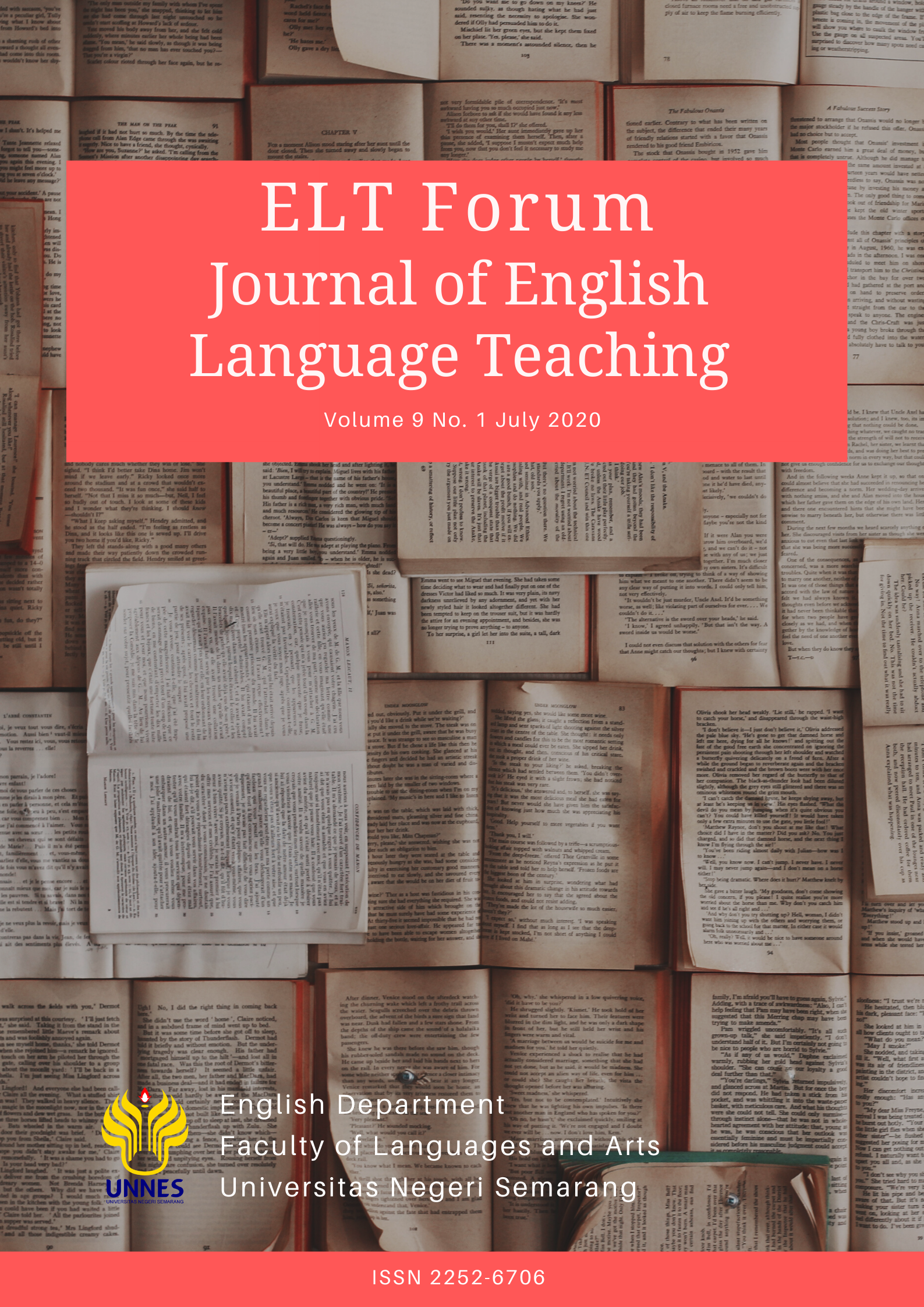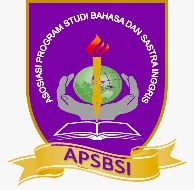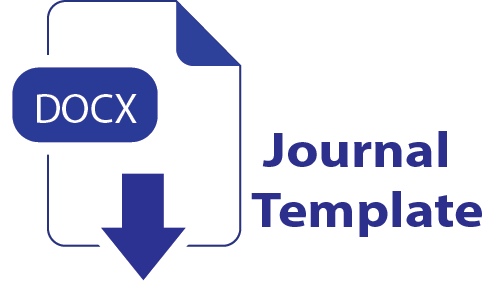Students’ preferences and teachers’ beliefs towards written corrective feedback
Abstract
Writing skill has been considered as a crucial skill that EFL students need to master. One of the techniques usually employed by teachers to help students improve their writing is via Written Corrective Feedback (WCF). Although many studies have been conducted to test its effectiveness, fewer studies have examined students’ and teachers’ preferences and beliefs towards the usefulness of WCF. Therefore, the present study analyzed students’ preferences and teachers’ beliefs regarding WCF. The participants consisted of 35 EFL students and 5 EFL teachers enrolled in SMK Negeri 1 Bawang Banjarnegara, a vocational high school in Banjarnegara, Indonesia. The data were both obtained through written questionnaires for the students and interview questions for the teachers. The collected data were analyzed based on WCF types classified by Ellis (2008), specifically for certain types like direct, indirect, and metalinguistic corrective feedback. The result of the present study demonstrated that both students and teachers mostly agreed that students should receive WCF in large amounts. Both of them also agreed that teachers should provide comprehensive feedback which consists of correction and explanations. Finally, both of them also had similar opinions that form-focused errors should be prioritized for correction than content-focused errors.



_.jpg)
_.jpg)




